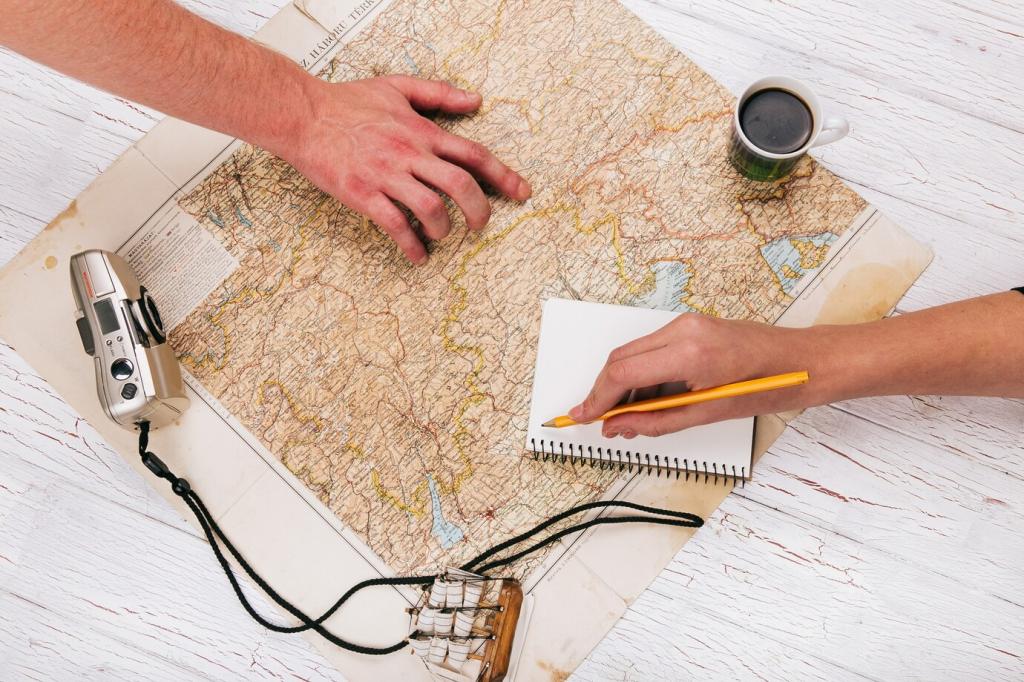Get Trail-Ready: Preparing Your Seasonal Hiking Gear for Mountains
Chosen theme: Preparing Your Seasonal Hiking Gear for Mountains. From thawing trails to wind-scoured ridgelines, this is your friendly, practical guide to choosing, tuning, and maintaining gear that adapts to every season in the mountains. Subscribe, share your pack list, and tell us your toughest seasonal switchovers.


Footwear, Traction, and Sock Strategy by Season
Summer might favor breathable trail runners that dry quickly after creek crossings, while autumn talus often rewards ankle-supportive boots. Break in new footwear well before big objectives. I once dodged blisters on a July traverse simply because I swapped to roomier shoes for afternoon swelling.
Footwear, Traction, and Sock Strategy by Season
Merino socks cushion and manage moisture in all seasons; add thin liners for friction control during long climbs. Carry a spare pair to rotate at lunch, letting damp socks dry on your pack. Share your favorite sock combo, and subscribe for our seasonal sock care checklist.


Weatherproofing Your Pack and Essentials
Use a trash-compactor bag or dedicated liner inside the pack, then organize essentials in lightweight dry sacks. Double-bag critical insulation and your sleep system. A summer monsoon once hammered our team, yet everyone stayed warm because layers and quilt were sealed despite sideways rain.
Weatherproofing Your Pack and Essentials
Summer daypacks might sit around 20–30 liters, while winter layers, thermos, and safety gear push you toward 35–50 liters. Pack dense items close to your spine and mid-back, keeping frequently used gear near the top. Reassess your layout when seasons shift to maintain comfort and stability.
Navigation, Daylight, and Itinerary Discipline
Winter daylight shrinks decisions; draft a conservative turnaround time and set an alarm to honor it. Summer allows longer routes, yet afternoon storms force earlier starts. Always pack a reliable headlamp, even in June, because shaded gullies can turn surprisingly dark after a late summit snack.
Navigation, Daylight, and Itinerary Discipline
Snow buries cairns and summer trail markers, so practice bearing work with map and compass before relying on electronics. Preload offline maps and calibration points. Cross-check waypoints at obvious landmarks, and note reroutes or closures on trail association pages. Comment with your favorite offline map tips.





First Aid, Repair, and Emergency Bivouac Updates by Season
Include blister care, rehydration salts, pain relief, and a compact splint. In summer, add tick tweezers and sunburn gel; in winter, pack extra hand warmers and a hypothermia wrap. Practice scenarios, and tell us which items saved your day during unpredictable mountain weather swings.

Maintenance, Storage, and Pre-Trip Checklists
After every wet trip, fully dry tents, shells, and boots before storage. Refresh DWR on shells so rain beads instead of soaking fabric. Condition leather with appropriate waxes, and store gear in breathable bins. A few routine hours at home prevent miserable miles under leaking shoulders.
